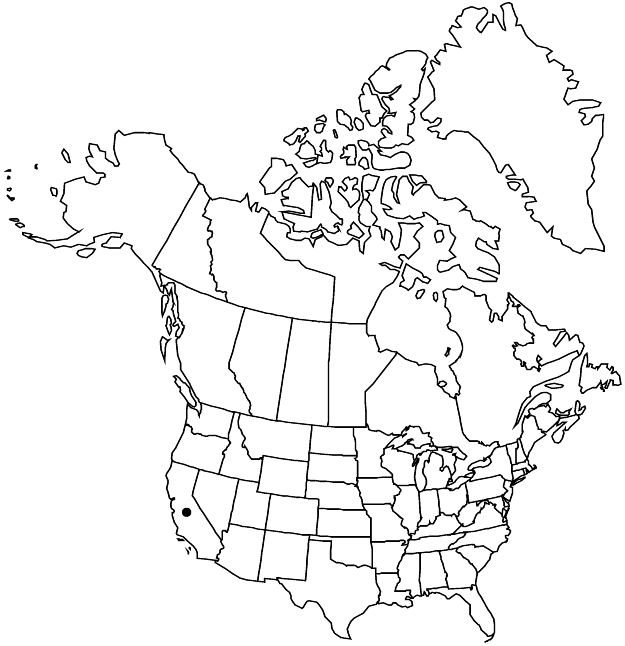Horkelia fusca var. tenella
in W. H. Brewer et al., Bot. California 1: 181. 1876.
Stems (0.6–)1–4(–5) dm. Basal leaves green, (3–)4–18(–27) cm; leaflets 8–15 per side, cuneate to flabellate, 5–10(–15) × 2–10(–20) mm, 3/4 as wide to wider than long, divided 3/4+ to midrib into 5–15 lobes or teeth, surfaces not obscured, sparsely short-hirsute to glabrate. Cauline leaves 2–4(or 5); leaflets of proximalmost 3–6 per side. Inflorescences green to ± reddish, congested to open, comprising no more than 1/4 of stem, composed of 3–10(–20)-flowered glomerules, glandular hairs sometimes red-septate; bracts acute- to acuminate-lobed, sometimes partly obscuring pedicels and flowers at maturity. Flowers: epicalyx bractlets 1.5–2 mm; hypanthium 1.5–2 × 2–3 mm; petals 2–3(–4) mm; filaments 0.2–0.5 mm, wider than long, anthers 0.5 mm; styles 1 mm. Achenes 1.2–1.5 mm. 2n = 28.
Phenology: Flowering summer.
Habitat: Dry meadow edges, open conifer woodlands, mainly on volcanic soil
Elevation: 1200–2200 m
Distribution

Calif.
Discussion
Plants of var. tenella have the most deeply and consistently divided leaflets, and the variety is the only one with such leaflets that occurs in California. It is most common in open lodgepole pine forests at the southern end of the Cascade Range in northeastern California. Populations outside this core area tend to intergrade with var. brownii or var. parviflora. A collection from west-central Tehama County (Bracelin 405, UC) matches this variety, but from an atypical habitat well outside the core range.
Selected References
None.